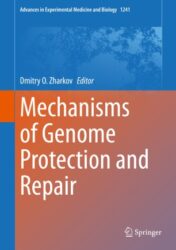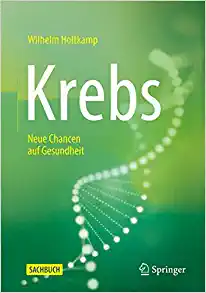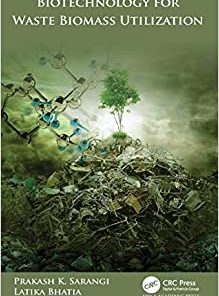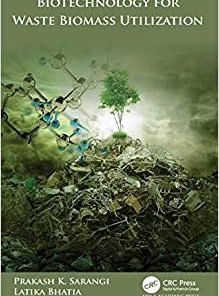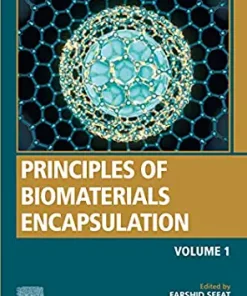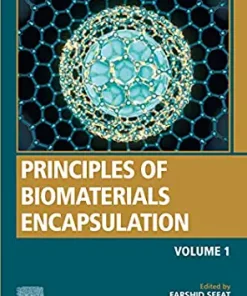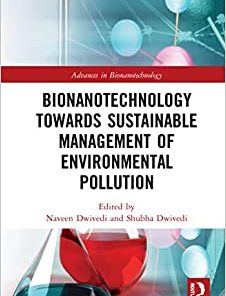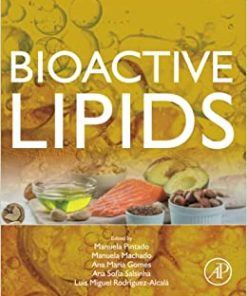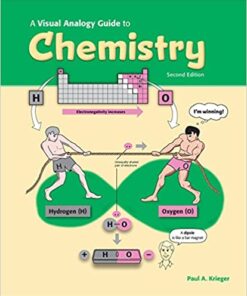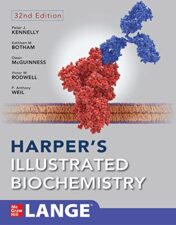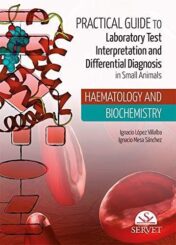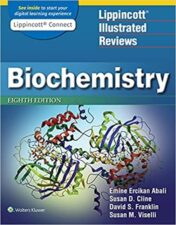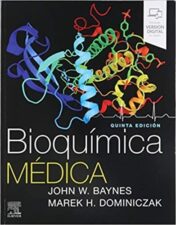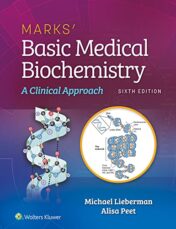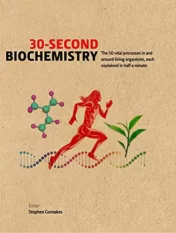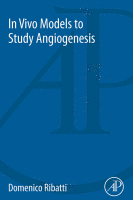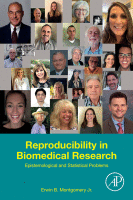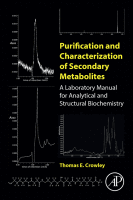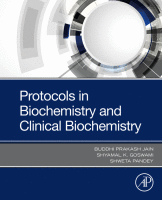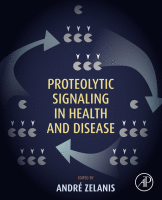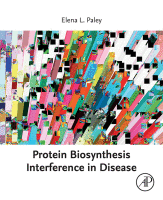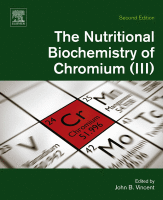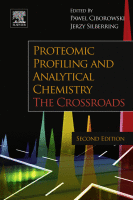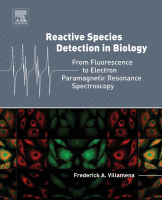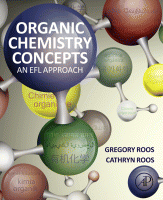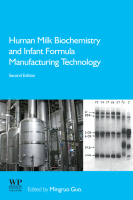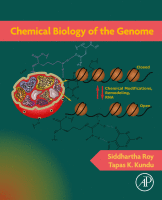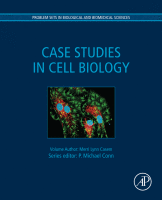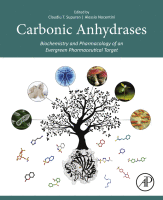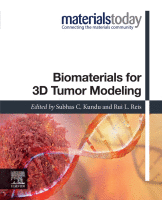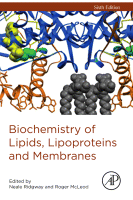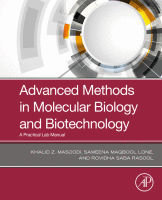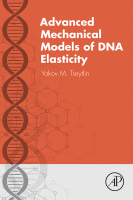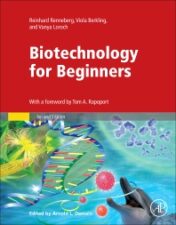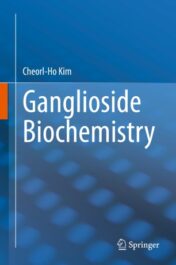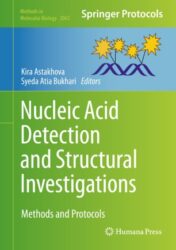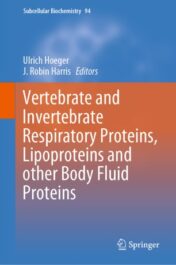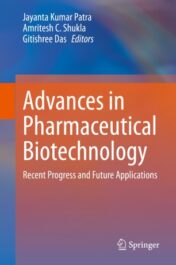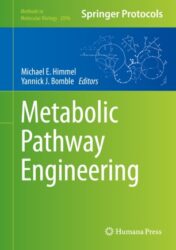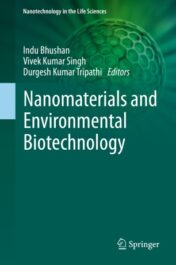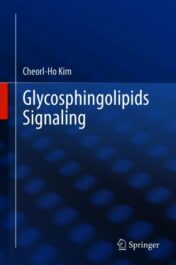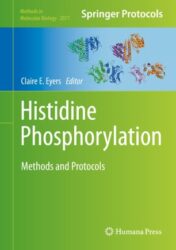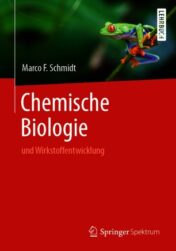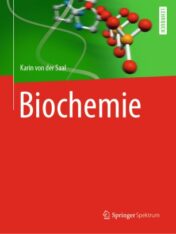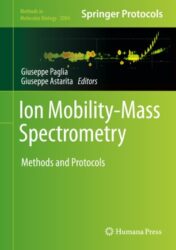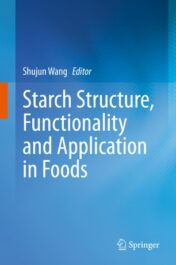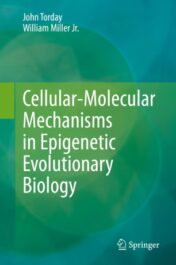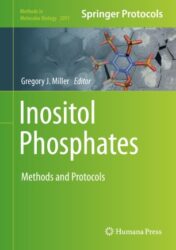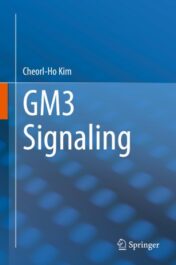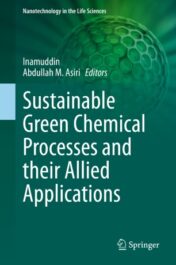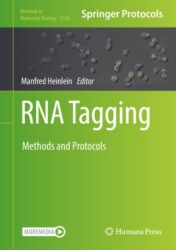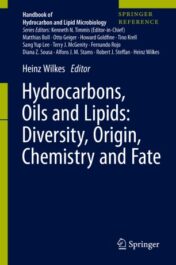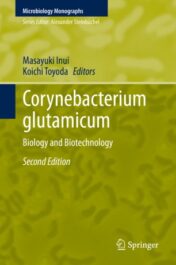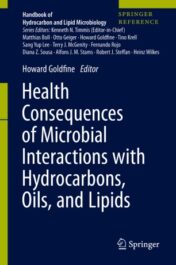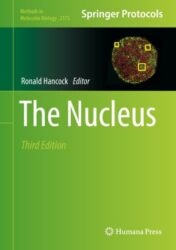Mechanisms of Genome Protection and Repair 2020 Original pdf
$15
Mechanisms of Genome Protection and Repair 2020 Original pdf
This volume is about DNA damage and repair. It covers recent advances in several important research areas of this rapidly expanding field, and does so at several levels, from individual molecules to organisms. The topics include mechanisms of damage recognition by DNA repair enzymes, chromatin response to DNA damage, special ways of mutagenesis, biomarkers of genotoxicity, and the integrated organism response to genotoxic and other kinds of stress.
The book starts with two chapters about structural and mechanistic features of protein–DNA interactions that ensure fast and reliable discrimination between targets – be it DNA modifications or specific sequences – and non-targets. Examples of particular proteins and their function in repair regulation, translesion synthesis and chromatin remodeling are discussed in the following three chapters. Next, more attention is given to the mutagenic consequences of failed or aberrant DNA repair, particularly in mitochondria and in runs of trinucleotide repeats. Moving to a human health-oriented view, the book presents data on two kinds of lesions, the widely found 8-oxoguanine and the dietary genotoxic adducts with aristolochic acids, as biomarkers of general oxidative stress and specific exposure, respectively. Two final chapters are devoted to the interplay of multiple factors, including genotoxic stress, in the complex phenotypes in humans (amyotrophic lateral sclerosis ) and plants (abiotic stress response).
This volume will be of significant interest for scientists working in the field of DNA repair as well as for the general biochemistry and molecular biology audience.
Related Products
Biochemistry Books
Krebs: Neue Chancen auf Gesundheit, 2. Aufl Edition (German Edition) (EPUB)
Biochemistry Books
Biotechnology for Waste Biomass Utilization (Original PDF from Publisher)
Biochemistry Books
Biochemistry Books
Biochemistry Books
Marine Biochemistry: Isolations and Techniques (Original PDF from Publisher)
Biochemistry Books
Biochemistry Books
Basic Sciences Books
A Visual Analogy Guide to Chemistry, 2nd Edition (Original PDF from Publisher)
Biochemistry Books
Harper’s Illustrated Biochemistry, Thirty-Second Edition 2022 Original PDF
Biochemistry Books
Biochemistry Books
Biochemistry Books
Biochemistry Books
Essentials of Medical Biochemistry: With Clinical Cases, 3rd Edition 2022 Original PDF
Biochemistry Books
Lippincott Illustrated Reviews: Biochemistry, 8th Edition 2021 EPUB & converted pdf
Biochemistry Books
Bioquímica médica, 5ª ed (Spanish Edition) 2019 EPUB + Converted PDF
Biochemistry Books
Biochemistry Books
Biochemistry Books
Biochemistry Books
Biochemistry Books
Biochemistry Books
Protocols in Biochemistry and Clinical Biochemistry 2020 Original pdf
Biochemistry Books
Proteolytic Signaling in Health and Disease 2021 Original pdf
Biochemistry Books
Protein Biosynthesis Interference in Disease 2021 Original pdf
Biochemistry Books
Biochemistry Books
Biochemistry Books
Overflow Metabolism From Yeast to Marathon Runners 2018 Original pdf
Biochemistry Books
The Nutritional Biochemistry of Chromium (III) 2019 Original pdf
Biochemistry Books
Biochemistry Books
Biochemistry Books
Introductory Experiments on Biomolecules and their Interactions 2016 Original pdf
Biochemistry Books
Hormone Metabolism and Signaling in Plants 2017 Original pdf
Biochemistry Books
Herbal Biomolecules in Healthcare Applications 2021 Original pdf
Biochemistry Books
GPCRs Structure, Function, and Drug Discovery 2020 Original pdf
Biochemistry Books
Exercise, Sport, and Bioanalytical Chemistry Principles and Practice 2016 Original pdf
Biochemistry Books
Clinical Bioenergetics From Pathophysiology to Clinical Translation 2020 Original pdf
Biochemistry Books
Human Milk Biochemistry and Infant Formula Manufacturing Technology 2020 Original pdf
Biochemistry Books
Biochemistry Books
Biochemistry of Lipids, Lipoproteins and Membranes 2015 Original pdf
Biochemistry Books
Biochemistry Books
Advanced Mechanical Models of DNA Elasticity 2016 Original pdf
Biochemistry Books
Biochemistry Books
Biochemistry Books
Mechanisms of Gene Regulation: How Science Works 2020 Original pdf
Biochemistry Books
Progress in the Chemistry of Organic Natural Products 113 2020 Original pdf
Biochemistry Books
Biochemistry Books
Nanomaterials and Environmental Biotechnology 2020 Original pdf
Biochemistry Books
Biochemistry Books
Histidine Phosphorylation Methods and Protocols 2020 Original pdf
Biochemistry Books
Chemische Biologie und Wirkstoffentwicklung 2020 Original pdf
Biochemistry Books
Biochemistry Books
Ion Mobility-Mass Spectrometry Methods and Protocols 2020 Original pdf
Biochemistry Books
Starch Structure, Functionality and Application in Foods 2020 Original pdf
Biochemistry Books
Biochemistry Books
Cellular-Molecular Mechanisms in Epigenetic Evolutionary Biology 2020 Original pdf
Biochemistry Books
Biochemistry Books
Biochemistry Books
Sustainable Green Chemical Processes and their Allied Applications 2020 Original pdf
Biochemistry Books
Biochemistry Books
Iron Geochemistry: An Isotopic Perspective 2020 Original pdf
Biochemistry Books
Biochemistry Books
Biochemistry Books
Hydrocarbons, Oils and Lipids: Diversity, Origin, Chemistry and Fate 2020 Original pdf
Biochemistry Books
Corynebacterium glutamicum Biology and Biotechnology 2020 Original pdf
Biochemistry Books

